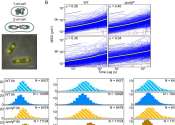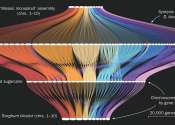The enemy within: How pathogens spread unrecognized in the body
Some pathogens hide inside human cells to enhance their survival. Researchers at the University of Basel, have uncovered a unique tactic certain bacteria use to spread in the body without being detected by the immune system. ...









